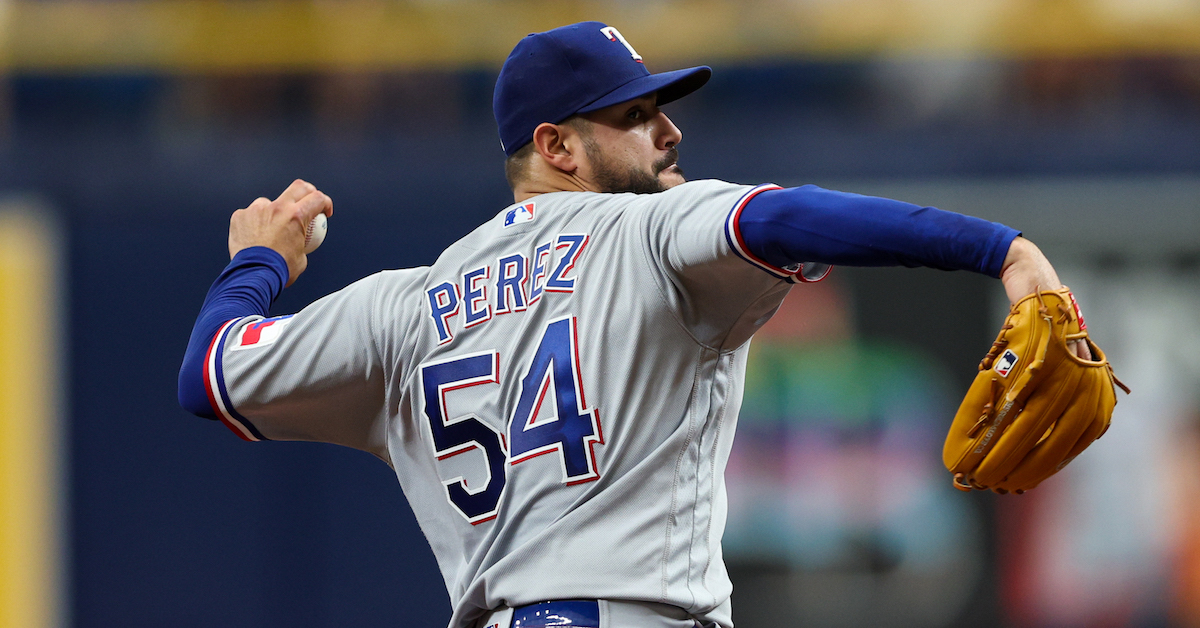The Bo Naylor Era Begins in Cleveland

The Guardians made a catching change heading into the weekend, designating veteran Mike Zunino for assignment and calling up prospect Bo Naylor from Triple-A Columbus to take his place. Zunino, signed this past offseason, hit .177/.271/.306 in 42 games in Cleveland, “good” enough for a 63 wRC+ and -0.1 WAR. Naylor, in his second go of Triple-A, is having a season similar to last one, hitting .254/.393/.498 with 13 homers in 60 games, giving him a wRC+ of 122.
Signed to a one-year, $6 million contract this past offseason, Zunino was never intended to be a long-term option for the Guardians. He’s always been a maddingly inconsistent hitter from year to year, oscillating between .850-OPS and .550-OPS seasons, and he missed nearly half of 2022 due to thoracic outlet syndrome. But the hope was that he’d be good enough to hold down the fort long enough for Naylor to get more time behind the plate in the minors.
Zunino’s offense didn’t initially seem all that crucial to his continued employment. Over the last decade, Cleveland has been more than happy to employ catchers who struggle with the bat, so long as said catcher was at least more than competent defensively. The last time Cleveland’s backstops combined for a wRC+ of even 90 was 2014, during the early stages of the Yan Gomes residency. This was a noted shift from the previous decade, when the organization took the opposite approach, with defensively challenged catchers like Victor Martinez and Carlos Santana making their money with their bats. Despite the absymal offense, if Zunino’s defense this season had been at the levels of his time with the Mariners, Naylor would still be hanging out in the state capital. Read the rest of this entry »









